There’s a first time for everything. Non-badminton and badminton fans will witness the best the sport has to offer at the same time notes our preview specialist, Aaron Wong.
By Aaron Wong. Photos: Badmintonphoto
Stars align for sheer potential
This Olympics will be different for badminton. Quite apart from the threat of COVID-19, the overall skill at the top of badminton has reached a new high, and the ability to thrive at the highest level has widened to a larger group in each discipline too.
Now add to this mix the fact that all the countries constituting the top 10 (notably China) haven’t competed in the same arena since the 2020 All England and you have a recipe for the ultimate badminton contest.
Sadly, it’s also the first time Olympic badminton will compete in a stadium empty of spectators.
Pragmatism advised
Before getting overexcited, we should presume that forfeitures will occur due to players contracting COVID-19. Is only the athlete who tested positive affected or the entire team?
Everyone crosses that bridge when it happens as the BWF’s safety protocols guide the host as far as stating that the whole tournament needn’t be shut down whenever a positive case presents: “Any subsequent steps following the result of this contact testing will be made after consultation between the tournament delivery partners; BWF, Host Member Association/LOC and Local Health Authority.”
As of the weekend right before the opening ceremony, the first COVID-19 case in the Olympic village was uncovered.
Traditions
Badminton reveres the Olympiad and the number of nations, full cast of world number 1s and every powerhouse going to Tokyo speaks for itself.
Badminton’s ninth Games (including its initial appearance as an exhibition sport) has seen its participation grow by 21 more nations since Sydney.
By contrast, its racquet sport cousin, tennis, has suffered the withdrawal of marquee names like Serena Williams, Kerber, Andreescu, Federer, Nadal, Thiem and Kyrios. The Wall Street Journal highlighted two main reasons other than injury which are the strain of living through an Olympic quarantine bubble especially compared to choosing the lucrative North American season leading up to the US Open.
There’s a decent living to be made at the upper echelons of badminton but compare Tai Tzu Ying’s or Kento Momota’s US$500k for a year’s effort across about 15 tournaments to US$3M for the US Grand Slam singles winner and the reasons athletes make the decisions they do become understandable. For the humbler income sport, Olympic glory is universally the recognised achievement which translates into currency, albeit not as prize money, but certainly as long term and post-career marketing prospects.
Sweeping away sweeping statements
In the past, badminton disciplines were dominated at different times by certain nations or even all at once by one. Think of China’s gold sweep at London. They were on course to dominate on home soil four years earlier too (having come out on the wrong side of the semi-final’s deciding game’s deuce) and not forgetting staking out four of five podium summits at Sydney.
Potential-wise, such assessment isn’t valid anymore in 2021, which isn’t to say it can’t happen that the hosts Japan or all the world #1s prevail across the board. Going into these Games, there hasn’t been a clear unbroken dominance in any discipline.
In general, the upsets at previous Olympics were performers with sufficient range to topple the hot favourite, whereas at Tokyo the standard within the gangs capable of chasing gold are close enough to render about four to five, representing various nations, as equal favourites.
The closest to an outright favourite are consecutive reigning mixed doubles World Champions and world #1s Huang Yaqiong / Zheng Siwei because they possess on aggregate the highest technical skills and are liable to fewer weaknesses.
Kento Momota, whose World Championships and world ranking credentials are in tandem with Huang/Zheng’s, is physically and technically a perfect men’s singles specimen until on court opposite world number 5 Anthony Ginting, whose technical gifts are as wonderful as Momota’s are precise.
Returning medallists
Men’s singles have the only defending champion in attendance, that’s Chen Long of China.
Of the nine Rio doubles medallists, Goh Liu Ying / Chan Peng Soon are returning to attempt to upgrade their mixed doubles silver. Reigning World Champion Pursarla V Sindhu is on the same mission for women’s singles.
Viktor Axelsen (MS), Nozomi Okuhara (WS) and Shin Seung Chan (WD), currently ranked world number 2, 3 and 4 respectively, earnt bronze last time and are considered medal frontrunners.
Notable absences: The Spaniard
The most notable and saddest absence is the Spaniard. Love or loathe her persona, Carolina Marin’s setting of the tone and raising the status quo in terms of court speed and speed of problem-solving for a third time makes her the defining player during the most interesting women’s singles era.
Marin, the reigning Olympic women’s singles champion, is convalescing from an injury to her left knee. Her reinvention post-right knee surgery in the same calendar year (2019) as she fell injured was an unbelievable tour de force. The maturation of this newfound approach evidenced by converting two out of three consecutive Thailand tournament finals in January this year led once more to changing the nature of the game for all, just as she’d done during the Rio phase.
2021 All England runner-up Pornpawee Chochuwong can’t capitalise on being in form because her excellent achievement was not for an Olympic qualifying event. Men’s world #7 Alfian/Ardianto are the another close third on the ladder who could’ve made an impact but were cut by the rules.
Both India and Hong Kong must also leave talent behind because the protracted pandemic period reduced the number of Olympic qualifying tournaments for former world #1 Srikanth Kidambi and 2019 Hong Kong Open champion Lee Cheuk Yiu to catch their compatriots.
Anything can happen
Previously, Olympic badminton had rightly been described as hardly the most technically difficult competition in any given year because its rules left at home several top five stars capable of winning as well as its format since 2012 contains fewer tough rounds.
The former problem doesn’t exist right now while the latter presents a deliciously open prospect including Japan preventing gold going to anybody else across the board.
The right draw is always important but never more so when it can be as few as three difficult matches (instead of five) away from immortality since the knockout draw doesn’t begin until the quarter-finals for many of the eventual medallists.
Badminton comprises five days of preliminaries, with the earliest knockout round match scheduled on the fourth day of competition, July28.
Cinderella stories
Upsets are guaranteed but Cinderella stories have happened just twice. At Atlanta top seeds compatriots Park Joo Bong / Ra Kyung Min were pipped to the post by the unseeded Gil Young Ah / Kim Dong Moon at the competitive debut for the mixed doubles discipline. Four years on, seventh seeded Ji Xinpeng deserved gold after overcoming contemporary luminaries Taufik Hidayat, Peter Gade and Hendrawan in that order.
Fairytales this time include any Malaysian triumph, India in men’s singles or doubles, a Korean teenager in women’s singles, and Europeans in any doubles category.
The battleground
Rio’s finals exposed the very human side of sport at the expense of smooth thrilling rallies. Disappointingly, three disciplines were utter nervous affairs while two turned out one-sided.
Broadly speaking, the ability to stay in the flow state has improved markedly as top players try to outdo one another. This should make for entertaining and exciting rallies rather than boiling down to both sides succumbing to nerves at holding serve. The short serving problem, especially in doubles, still exists for certain individuals.
World number 2 Viktor Axelsen has been unfairly criticised as someone possessing a psychological Achilles heel. With power and speed having peaked and plateaued in badminton, the current differentiator is how long one can concentrate for.
Axelsen isn’t alone and it mightn’t be systemically psychological. There’s a point that every player reaches where they do run out of concentration while the opponent is able to put up resistance for longer. That’s the battleground.
The same is evident with Momota, Gideon/Sukamuljo, Zheng Siwei, Chen Yufei, Nozomi Okuhara, Carolina Marin and Tai Tzu Ying, except that Axelsen wears it more explicitly in his expressions. It’s a niche problem for the elite niche who can all play hot and recently do sustain it for longer than before. Nevertheless, that sticky situation still comes around and whoever manages it has the upper hand. It’s either who can stay hot for longer or who can capitalise by the time (one hour later) when the opponent’s streak temporarily cools.
Anyone who has watched the longest Wimbledon men’s final where Djokovic outlasted Federer who was producing most of the winners will understand.
Two firsts simultaneously
Another interesting question surrounding these Olympics is how much the element of surprise will factor into results because the Chinese team are playing for the first time in more than a year. Surely, elements of surprise work both ways so it should be intriguing.
Badzine being a badminton specialist news site means our readers watch so much of their favourite sport that they are looking for specific things, such as following their favourite player or country. Long gone is the immediate awe at every stroke in every rally that non-badminton fans served up a random variety of Olympic coverage will come to it with.
Try a fresh approach to watching these Games: that is without partisanship, as a channel-surfing general Olympic spectator would. If COVID-19 has taught us anything, we ought to treasure things we took for granted. For badminton, all the top contenders together is something we haven’t enjoyed for an unprecedented 16-month gap.
Not to mention, what we took for granted was periodic. Non-badminton and badminton fans witnessing a new zenith in badminton are two firsts simultaneously.
Talk of gold isn’t the most interesting thing, is it?
![TOKYO OLYMPIC PREVIEW: A first time for everything There’s a first time for everything. Non-badminton and badminton fans will witness the best the sport has to offer at the same time notes our preview specialist, Aaron Wong. By […]](https://www.badzine.net/wp-content/uploads/ngg_featured/20190725_1308_JapanOpen2019_BPYL5817_rotator.jpg)
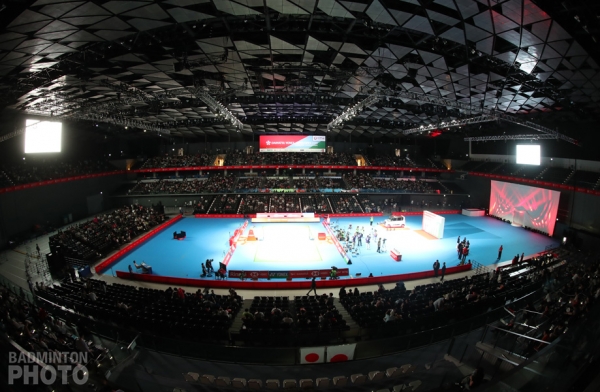
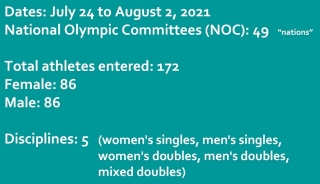
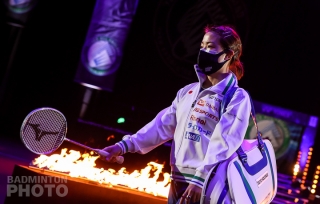
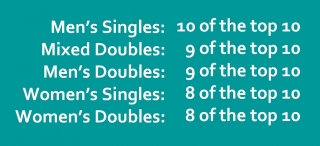
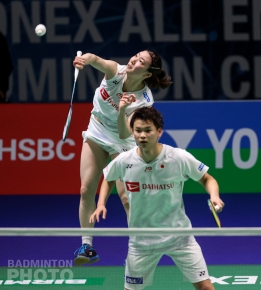
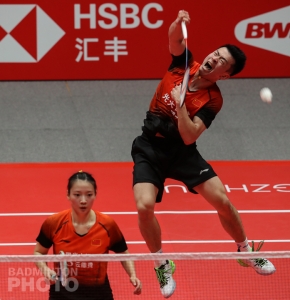
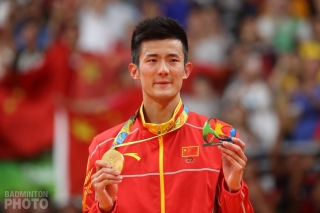
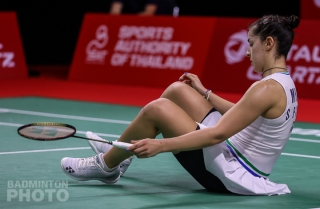
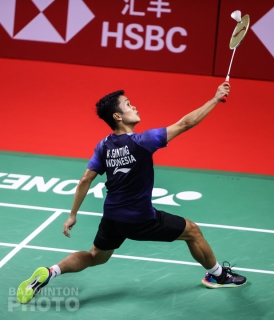
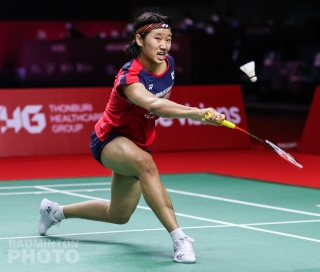
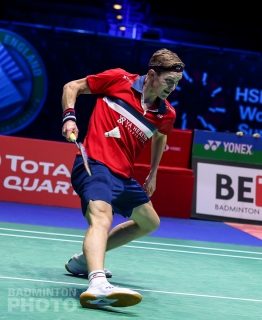
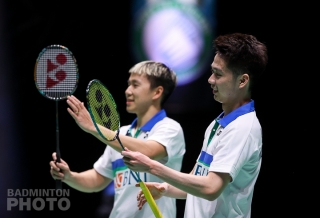
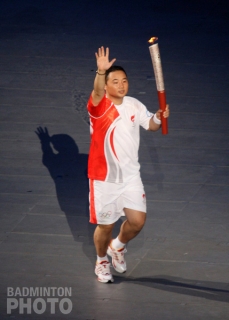
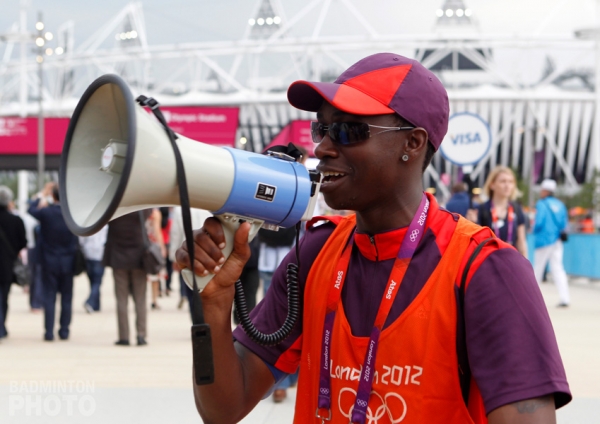

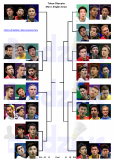
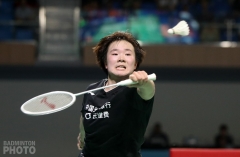
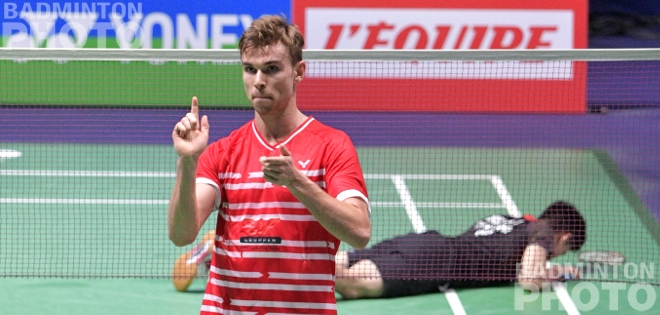
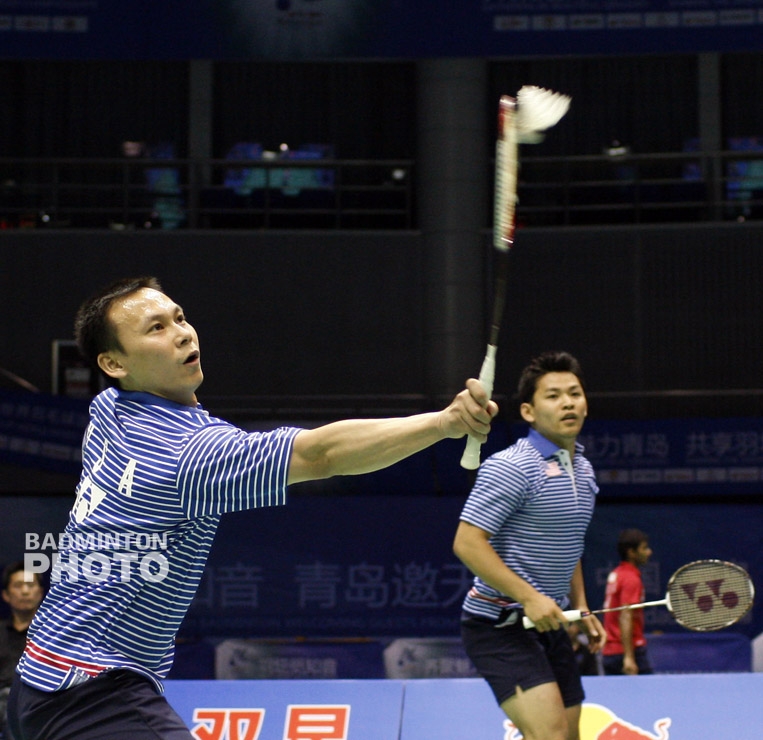
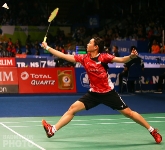
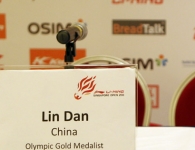
Leave a Reply